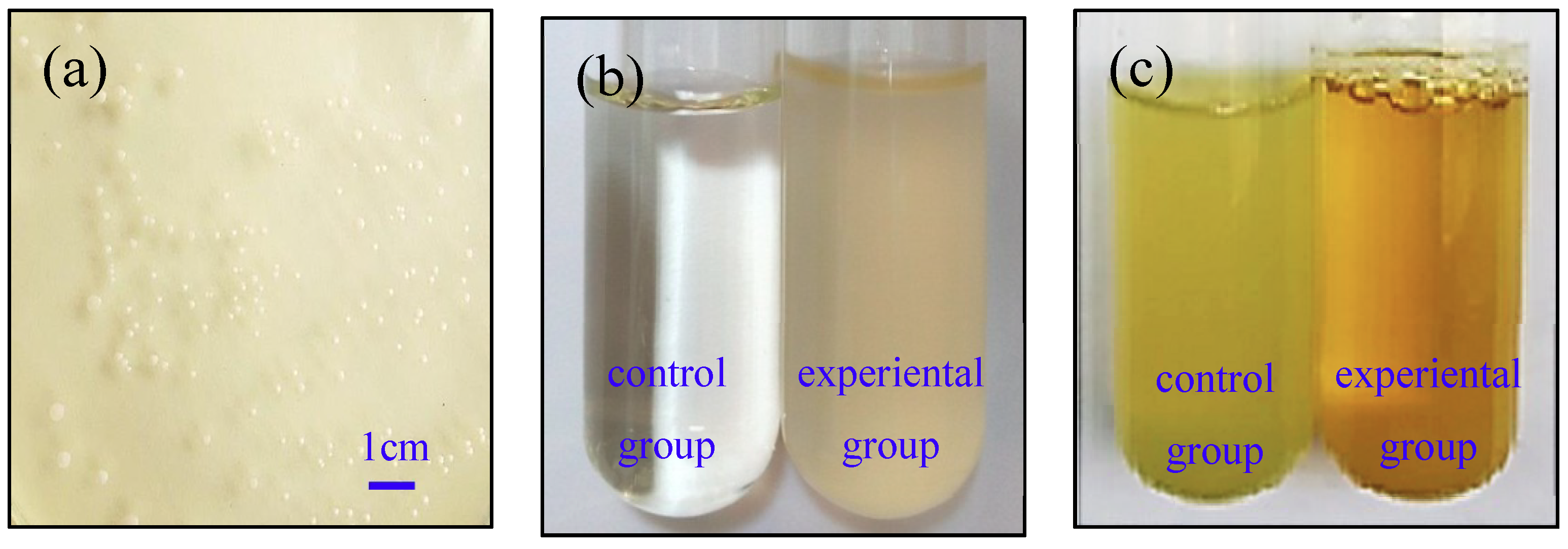
The precipitation process also allows the growing of very fine particles, down to nanometers or hundredths of a micron-much finer than can be obtained by just grinding the limestone rock. Scanning electron micrographs (SEMs) of some of the these shapes are shown on this page.

These shapes-clustered needles, cubes, prisms, rhombohedrons-have different physical properties such as powder density, surface area and oil absorption, which give them outstanding performance in many applications where ground calcium carbonate does not perform as well. The particle formed is dictated by the control of reaction time, temperature, agitation, pressure, rate of carbon dioxide addition, and post-crystallization processing. Second, the PCC process allows SMI to grow crystals of different shapes. These include feldspar and other silicaceous minerals, as well as heavy metals. First, there are several points in the PCC process where the calcium carbonate can be purified, removing much of the rock from the deposit that is not calcium carbonate-there are always some impurities in any limestone deposit. In chalks, remnants of animal shells and skeletons are often still seen. If the time, temperature and/or pressures are not great, the seabed only partially metamorphoses, and the result is very soft chalk, such as that forming the White Cliffs of Dover in England. If this kind of geological process continues a very long time, the crystals become very small, forming marble, an extremely hard form of calcium carbonate. All of the organic matter that was in the deposit was removed by oxidation, a process called diagenesis. Over a period of five hundred million years this deposit was under high temperature and high pressure, and the deposit changed to a coarsely crystallized limestone. These shells and skeletons were largely composed of calcium carbonate. This limestone deposit is the result of a very thick layer of prehistoric sea animal shells and skeletons being laid down on the ocean floor. (SMI) uses high quality limestone sources for its PCC products, including some from the SMI limestone mine in Adams, Massachusetts, which has been in operation for more than 150 years. PCC is generally made from a high purity calcium carbonate rock called limestone. What Is Precipitated Calcium Carbonate (PCC) Made From? This body of PCC technology developed by Specialty Minerals Research, is what makes SMI PCCs outstanding in quality and consistency. While the process is simple on a laboratory scale, making precipitated calcium carbonates commercially on a large scale requires a great deal of process control and process technology to assure the right size, uniformity, shape, surface area and surface chemistry.

The milk of lime process is simple in concept: How Is Precipitated Calcium Carbonate (PCC) Made?Īlmost all PCC is made by direct carbonation of hydrated lime, known as the milk of lime process.


 0 kommentar(er)
0 kommentar(er)
